News
Zulum Congratulates Daniel Bwala on Appointment as Special Adviser to the President

Zulum Congratulates Daniel Bwala on Appointment as Special Adviser to the President
By: Our Reporter
Borno State Governor, Professor Babagana Umara Zulum, has congratulated Barrister Daniel Bwala on his appointment as the Special Adviser to the President on Media and Public Communication.
Governor Zulum described the appointment as well-deserved, noting that Barrister Bwala has distinguished himself not only in the legal profession but also in the fields of public relations and communication.
The governor expressed confidence that Bwala will leverage his extensive experience to effectively manage the media image of the president, especially at this critical period of the nation’s history.
As a proud indigene of Borno State, Governor Zulum emphasized his belief that Barrister Bwala will contribute significantly to projecting President Bola Ahmed Tinubu’s administration and advancing the objectives of the Renewed Hope Agenda.
In his statement, Governor Zulum said: “Bwala is an inspiration to many young people in Nigeria. He is frank, cerebral, and has immensely contributed to the advancement of our democracy through his constant public engagements in the media space. This is indeed a well-deserved appointment.”
Governor Zulum extended his best wishes to Barrister Daniel Bwala for a successful tenure in office as he takes on this important national role.
News
Bandits kill 3 in reprisal to shooting of fulani youths by Berom militia in Plateau
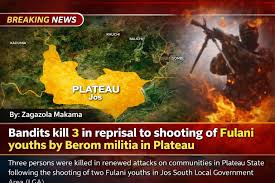
Bandits kill 3 in reprisal to shooting of fulani youths by Berom militia in Plateau
By: Zagazola Makama
Three persons were killed in renewed attacks on communities in Plateau State following the shooting of two Fulani youths in Jos South Local Government Area (LGA), as tensions continue to escalate in a cycle of reprisal violence between pastoral and farming communities.
The latest killings occurred on Tuesday, Jan. 6, 2026, during coordinated attacks on Jol community in Riyom LGA and Gero in Gyel District of Jos South LGA, where several residents, including Pius Luka Dida, Markus Danladi, Peter and Acham Ayuba, lost their lives.
The Berom Youths Moulder-Association (BYM) condemned the attacks, describing them as acts of sustained terror against indigenous communities, and demanded the proscription of the Miyetti Allah Cattle Breeders Association of Nigeria (MACBAN) and the prosecution of its leaders.
In a statement signed by its National Publicity Secretary, Rwang Tengwong, the group accused MACBAN of complicity in the violence and faulted its leadership over claims that Berom persons attacked Fulani communities.
The BYM leader, Mr. Dalyop Solomon Mwantiri, described the killings as “a grim reminder of the sustained and systematic terror being unleashed on indigenous communities of Plateau State.”
The group also alleged that armed herders destroyed dry-season farmlands in Kwi community, resulting in economic losses estimated at over ₦14 million, and called for compensation to victims’ families and the deployment of additional security personnel.
However, a check by Zagazola Makama indicated that the Jan. 6 attacks followed the killing of a Fulani youth and the shooting of another in Jos South earlier the same day.
The latest demand by Berom youths for the arrest of Fulani leaders emerged but did not reference the near-simultaneous shooting of Fulani youths in Jos South, an omission that reflects the deeply polarized narratives driving the conflict.
According to security sources, two Fulani youths Zakariya Abdullahi and Jibrin Musa, were ambushed around 8:00 p.m. while returning from Gero village in Jos South LGA. Abdullahi was killed on the spot, while Musa sustained gunshot injuries and was rushed to a hospital for treatment.
The attack was attributed to an ambush carried out by suspected Berom militia, which the victim described as unprovoked. The attack occurred within the same axis where later retaliatory violence was reported.
Again, the incident fits an established pattern in Plateau State, where attacks on one group are quickly followed by reprisals against another, deepening communal mistrust.
The latest violence followed the Dec. 31, 2025, attack on Bum community in Chugwi area of Vwang District, Jos South LGA, where at least seven farmers were killed in their homes and farmlands, despite earlier security alerts warning of possible attacks.
That incident was linked to earlier shootings on Dec. 27, 2025, when five Fulani youths were attacked near Con Filling Station along Bukuru Express Road while returning from Bukuru Cattle Market. The victims sustained critical injuries, with the attackers suspected to be members of a Berom militia.
The cycle of violence further intensified after a Dec. 16, 2025, attack on an illegal mining site at Tosho community in Barkin Ladi LGA, where 12 miners were killed and three others abducted by armed Fulani bandits. The attack reportedly followed incidents of cattle rustling, including the theft of 137 cattle in Nding community on Dec. 12, and livestock poisoning across Jos East and Riyom LGAs.
Subsequent reprisals included the killing of four children in Dorong village, Foron District, Barkin Ladi LGA, which residents described as a Fulani reprisal attack, as well as assaults on Gero village that resulted in deaths, injuries and loss of livestock.
Zagazola note that unresolved issues such as cattle rustling, farmland destruction, livestock poisoning and targeted killings on both sides remains key triggers for retaliatory attacks, leaving rural communities increasingly vulnerable across Plateau State.
Without a comprehensive, even-handed security response that addresses armed militias, criminal networks, and underlying economic disputes across Plateau State, Zagazola warn that retaliatory attacks will likely continue. Only decisive action that combines impartial law enforcement, accountability, conflict-sensitive governance and protection of vulnerable communities is likely to break the pattern now gripping Plateau State.
Bandits kill 3 in reprisal to shooting of fulani youths by Berom militia in Plateau
News
Chief of Army Staff visits Etsu Nupe, reiterated NA’s operational readiness and seeks guidance on security challenges

Chief of Army Staff visits Etsu Nupe, reiterated NA’s operational readiness and seeks guidance on security challenges
By: Zagazola Makama
The Chief of Army Staff (COAS), Lt. Gen. Waidi Shaibu, on Wednesday visited the Etsu of Nupe, HRH Alhaji Yahaya Abubakar, in Bide town, expressing appreciation for the traditional ruler’s support to the Nigerian Army and seeking guidance on addressing prevailing security challenges across the country.
In his remarks, Lt. Gen. Shaibu draw attention to the ongoing assessment of army deployments in member states, noting the operational gaps and opportunities to infuse additional troops where necessary.

He emphasized the importance of human intelligence in aiding the work of various security commissions and agencies, stressing that intelligence from local communities remains vital for effective operations.
“We are here not only to pay a courtesy visit but also to seek your constant advice on tackling security challenges, particularly in collaboration with the police,” the COAS said. “Your experience from past operations in Liberia, and Multi National Joint forces uniquely positions you to guide the current leadership of the army on security policies and strategies, both in Niger State and nationwide.”
Lt. Gen. Shaibu also acknowledged the role of the Etsu of Nupe’s family in supporting military personnel operating in the area, describing their involvement as critical to navigating the security terrain effectively.
He assured the traditional ruler of the army’s commitment to continuous engagement with community leaders to strengthen operational success.
The COAS also assured on leveraging of technology to counter security challenges bedeviling the country.
Responding, the Etsu of Nupe commended the Nigerian Army for its dedication and service. “We pray that Allah, the Most Gracious, will continue to protect and guide you, granting strength, wisdom, and courage to overcome all challenges,” HRH Alhaji Yahaya Abubakar said.
“The history of the Nigerian Army is rich with experience, and we are confident that under your leadership, the army will continue to excel in all operations, both domestically and internationally.”
He further emphasized the importance of logistics, manpower, training, and technological investments in maintaining operational readiness.
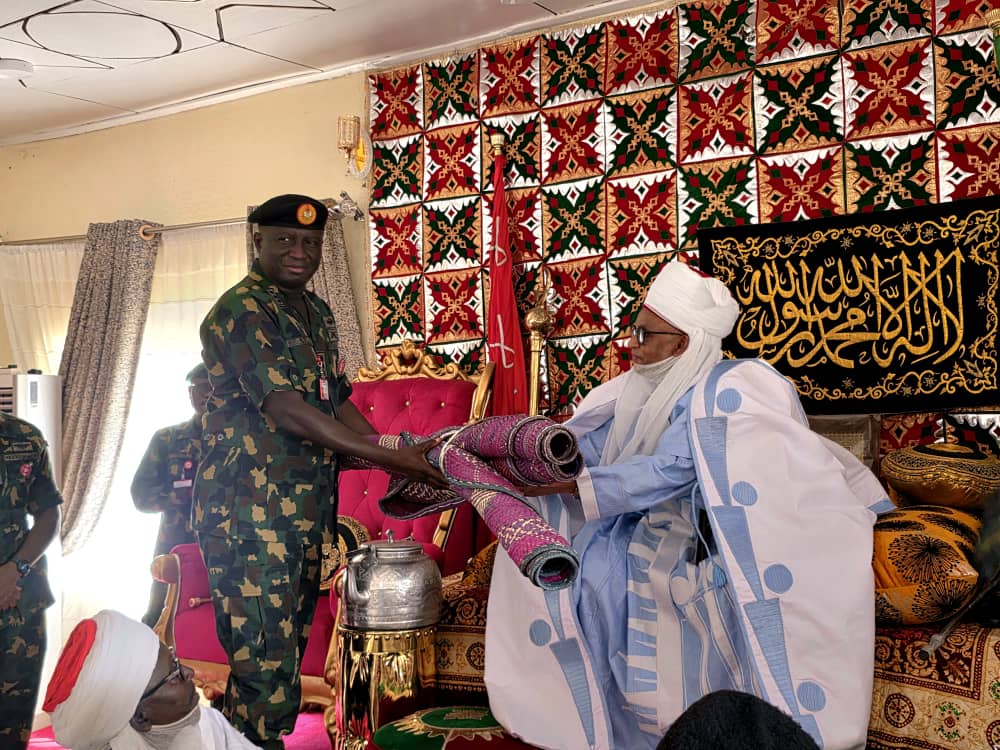
The monarch assured continuous prayers and support for the army and its personnel, noting that the synergy between traditional institutions and security forces is essential for national stability.
The Etsu of Nupe also acknowledged the growth and development of military formations in the region, from battalions to brigades and special forces units, and expressed hope that further expansion would continue to enhance security operations.
Chief of Army Staff visits Etsu Nupe, reiterated NA’s operational readiness and seeks guidance on security challenges
News
Zulum Inaugurates New GDSS Wandali Ending 30 Years on Temporary Site…Inspects Hospitals, Schools
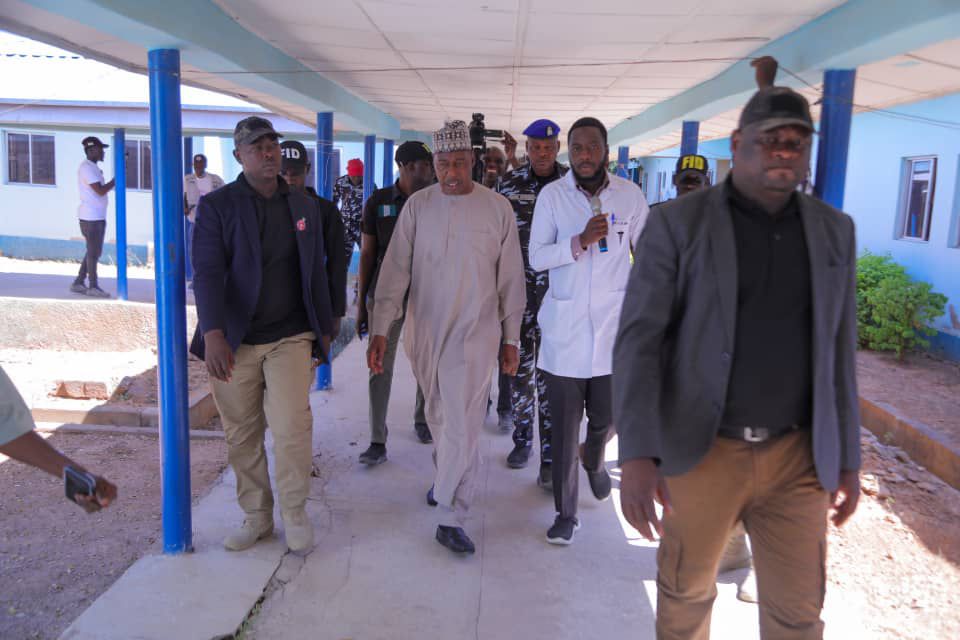
Zulum Inaugurates New GDSS Wandali Ending 30 Years on Temporary Site
…Inspects Hospitals, Schools
By: Our Reporter
Borno State Governor, Professor Babagana Umara Zulum, has inaugurated the permanent site of Government Day Secondary School Wandali in Kwaya Kusar Local Government Area. The school had been operating from a temporary site for thirty years.
The new 20-classroom school includes a computer laboratory fully equipped with digital tools.
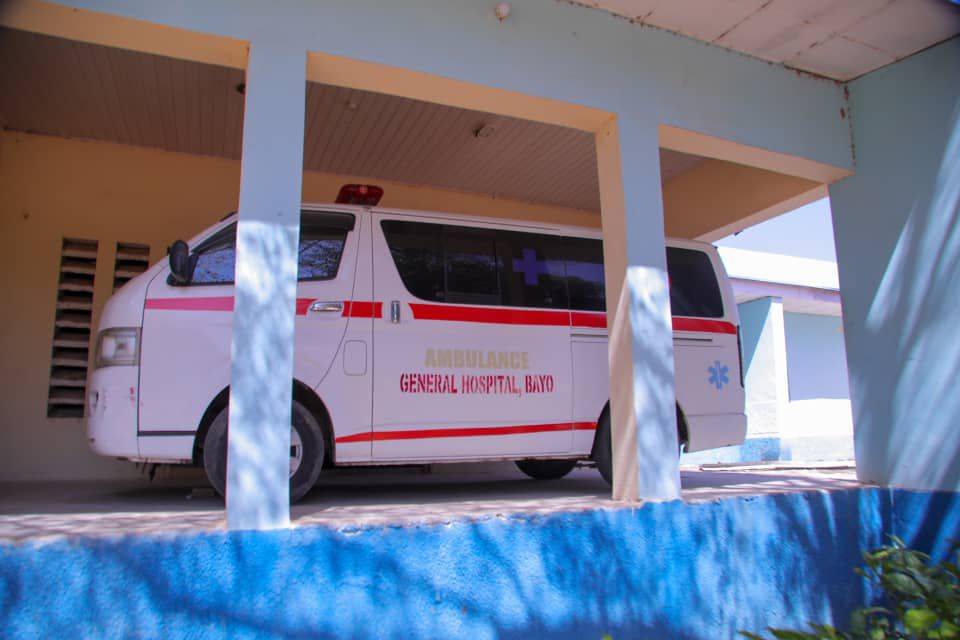
This is the second school Governor Zulum has commissioned on Tuesday as part of a working visit to southern Borno.
The Governor affirmed his administration’s commitment to revamping the education sector through substantial investment in infrastructure, manpower development, and digital and vocational skills.
“The construction of the permanent site of Government Day Secondary School Wandali fulfils our promise to provide access to education for communities across the state,” Zulum remarked.
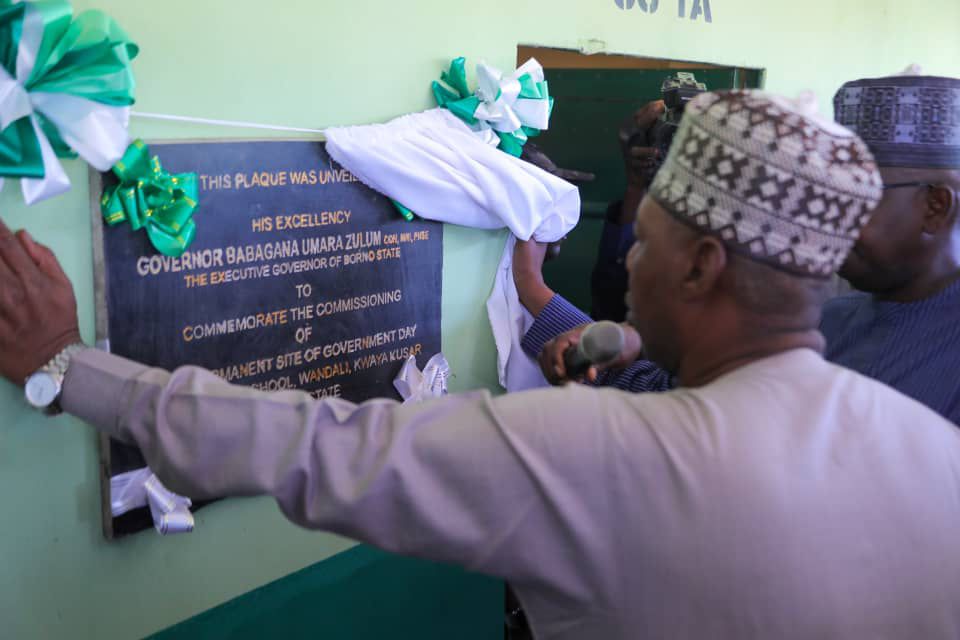
He added: “Let me express my administration’s resolve to revamp the education sector in the state. I want to also assure you that all necessary facilities will be provided in the school to enable it to function optimally.”
The Commissioner for Education, Science, Technology and Innovation, Engr. Lawan Abba Wakilbe, noted that the school had been operating from temporary accommodation since 1996.
He stated that the school comprises 20 classrooms, a computer laboratory, administrative blocks, and fully equipped laboratories to enable students to learn digital and other skills.
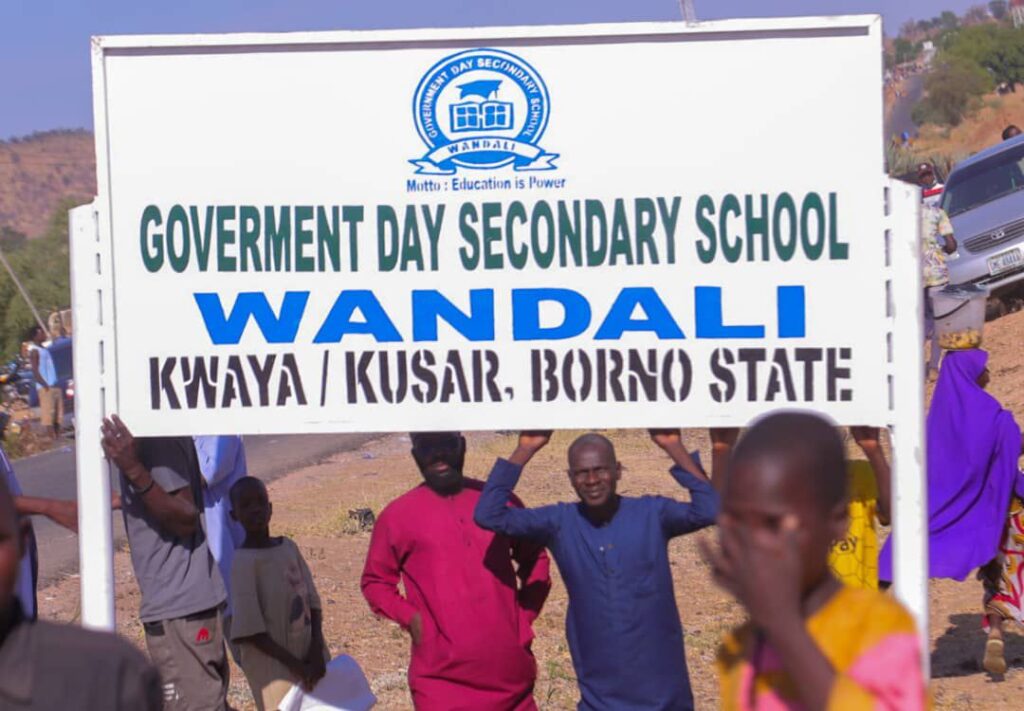
While in Kwaya Kusar, the Governor also inspected General Hospital Kwaya Kusar, where he promised to rehabilitate the facility and restore its electricity supply.
He commended the Medical Officer, an indigene of Rivers State, who has served at the hospital for the past four years, praising his dedication and service.
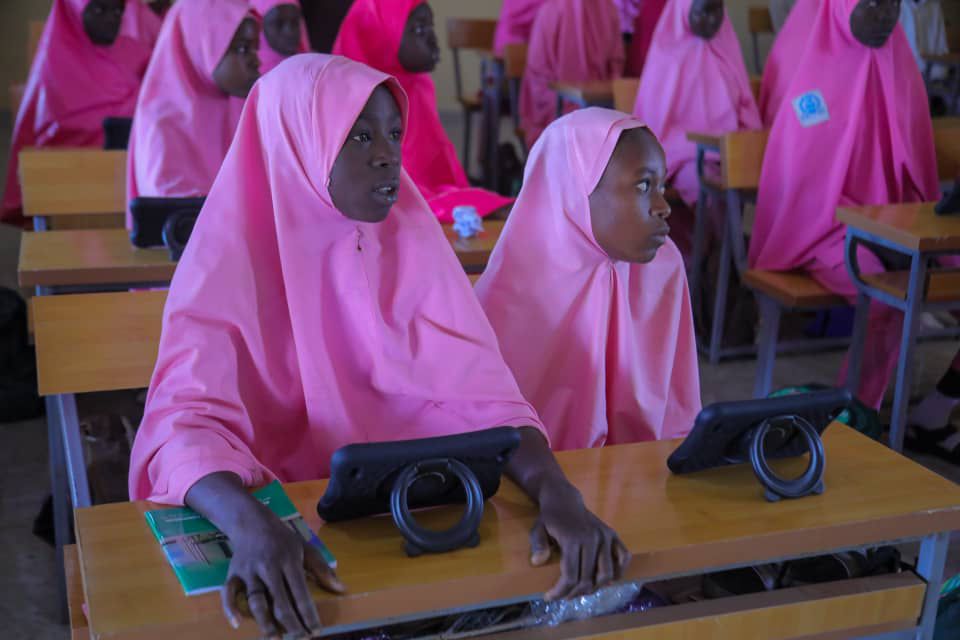
Earlier, before departing Bayo, Governor Zulum inspected the recently inaugurated Bilingual Boarding School in Briyel, which currently has 430 orphaned pupils enrolled.
He also inspected General Hospital Briyel and assured staff that the challenge of power supply would be addressed.
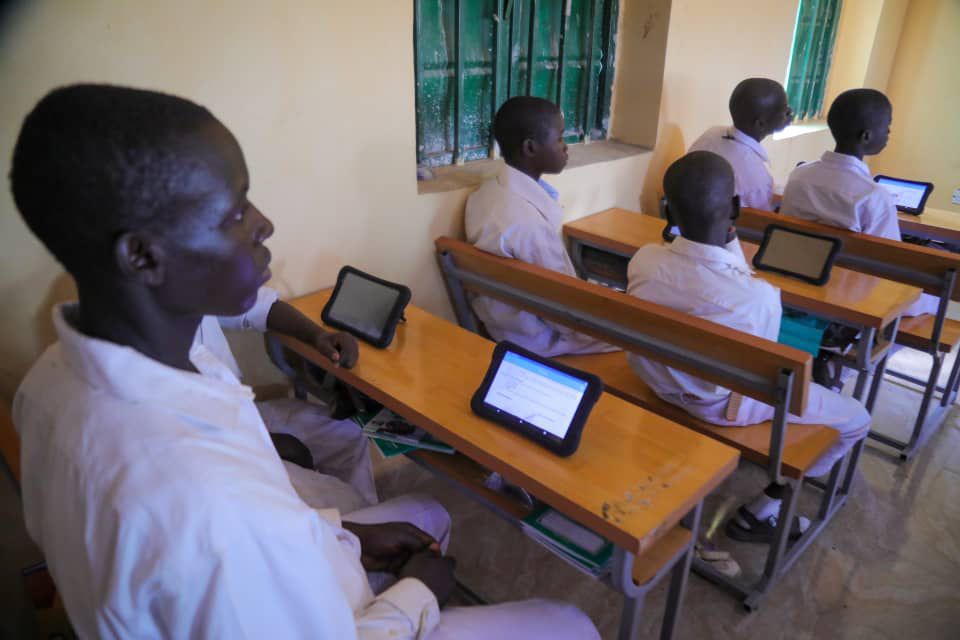
The Governor was accompanied by Senator Mohammed Ali Ndume; Hon. Bukar Talba; the Deputy Speaker, Hon. Abdullahi Musa Askira; members of the State Assembly, commissioners, local government chairmen, and other stakeholders from the area.
Zulum Inaugurates New GDSS Wandali Ending 30 Years on Temporary Site
…Inspects Hospitals, Schools
-

 News2 years ago
News2 years agoRoger Federer’s Shock as DNA Results Reveal Myla and Charlene Are Not His Biological Children
-

 Opinions4 years ago
Opinions4 years agoTHE PLIGHT OF FARIDA
-

 News9 months ago
News9 months agoFAILED COUP IN BURKINA FASO: HOW TRAORÉ NARROWLY ESCAPED ASSASSINATION PLOT AMID FOREIGN INTERFERENCE CLAIMS
-

 Opinions4 years ago
Opinions4 years agoPOLICE CHARGE ROOMS, A MINTING PRESS
-

 News2 years ago
News2 years agoEYN: Rev. Billi, Distortion of History, and The Living Tamarind Tree
-
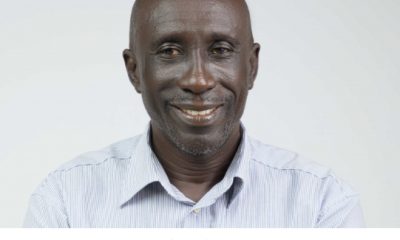
 ACADEMICS2 years ago
ACADEMICS2 years agoA History of Biu” (2015) and The Lingering Bura-Pabir Question (1)
-

 Columns2 years ago
Columns2 years agoArmy University Biu: There is certain interest, but certainly not from Borno.
-

 Opinions2 years ago
Opinions2 years agoTinubu,Shettima: The epidemic of economic, insecurity in Nigeria





